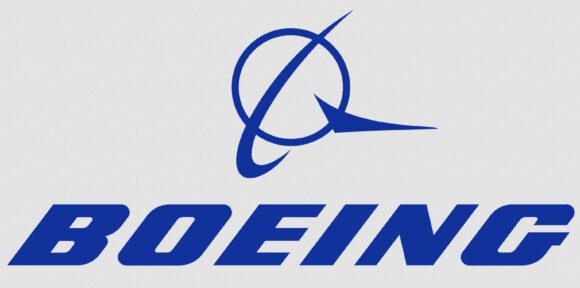[UPDATE – We contacted the airline and they advise us as follows: “At this time there is no substitute for the B757 on the market or in sight at Boeing or Airbus. Present plans estimate the B757 with Icelandair to 2025. Icelandair is planning the MAX for the European routes and US flights to the east coast and Canadian destinations on the east side of Canada. MAX will be serving the majority of the Icelandair network.”]
Icelandair is a smallish airline based in the north Atlantic, about halfway between North America and Europe. Its location allows the airline to cherry pick routes and carve out a nice business. It has a fleet that includes an 757-300 and many 757-200s. Take a look at the route map to get a feel for their business. One can see why the 757 is the perfect aircraft for its long thin route structure.
Icelandair today announced Portland, Oregon as a new destination it plans to serve twice weekly. The next table shows the stages of the longest flights the airline handles – the new flight will be its longest yet.
 The 757-200 has a range of 4,488 miles. The aircraft was last manufactured in 2004. Icelandair started taking deliveries in 1989. We have discussed numerous times the unique, and compelling, attributes of the Boeing 757. It was, and remains, unique in a class of one. The Airbus A321 comes close, but even the A321neo doesn’t quite have the range/payload of the 757.
The 757-200 has a range of 4,488 miles. The aircraft was last manufactured in 2004. Icelandair started taking deliveries in 1989. We have discussed numerous times the unique, and compelling, attributes of the Boeing 757. It was, and remains, unique in a class of one. The Airbus A321 comes close, but even the A321neo doesn’t quite have the range/payload of the 757.
Icelandair takes the 757 to close to its maximum capabilities. The airline has, in the 757, the ideal tool to accomplish its missions. But the 757 is aging and older aircraft cost more to operate. Here is a table showing the age of the airline’s 757 fleet. The fleet averages 18.9 years. Not that old, but certainly on the old side of 15 years when many airlines replace aircraft.
 Icelandair has started the replacement process with orders for eight MAX8 and seven MAX9. The MAX is going to be a highly capable airplane, but neither model can replace the 757. The MAX9 has a range of 3,595 NM and the MAX8 has a range of 3,620 NM. Looking at the first table, the MAX cannot accomplish many of the routes the 757 does for Icelandair today.
Icelandair has started the replacement process with orders for eight MAX8 and seven MAX9. The MAX is going to be a highly capable airplane, but neither model can replace the 757. The MAX9 has a range of 3,595 NM and the MAX8 has a range of 3,620 NM. Looking at the first table, the MAX cannot accomplish many of the routes the 757 does for Icelandair today.
Seems the market continues to find the 757 replacement unfilled. That said, of the 1,049 757s delivered, 87% were 757-200s. Looking at a market that is limited to about 1,000 aircraft: Is this a big enough of a market to justify Boeing developing a replacement? What might Airbus do about this opportunity?
Views: 8





Why not add tanks to the 737 to add range? BBJs do this.
Works on the BBJ because they are no payload driven. But airlines are payload driven.
Looking at the above analysis I do only see a problem at the PDX and SEA routes. To have a better insight in the Icelandair situation it would be good to have an underlying understanding of the profitability of the various city pairs as well. Icelandair could even be looking at different city pairs which they would be able to operate with the MAX.
Coming back to the question whether a 757 replacement – I don’t see the market big enough for Airbus or Boeing to concentrate on (given the current aircraft initiatives), but it could be an opportunistic market for another player to differentiate in.
The next generation single isle of Boeing will surely be able to fulfill the role of the 757, plus many others. There is little doubt that its biggest version will be larger than the A321, and the range will at least come close to the 757. In the meantime, they can switch the shorter routes to the Max and use the remaining younger 757 for the longer routes.
I often wonder if there is a another stretch of the 737Max on the drawing board at Boeing, probably a bigger wing, heavier landing gear.
I’m still wondering why they didn’t go with the A321/A320neo. That would have been a perfect match. The A321neo can fly to SFO. The a320 cannot fly to LAX but it can fly to ONT. That pretty much covers the entire USA except for SAN. Am I missing something here?